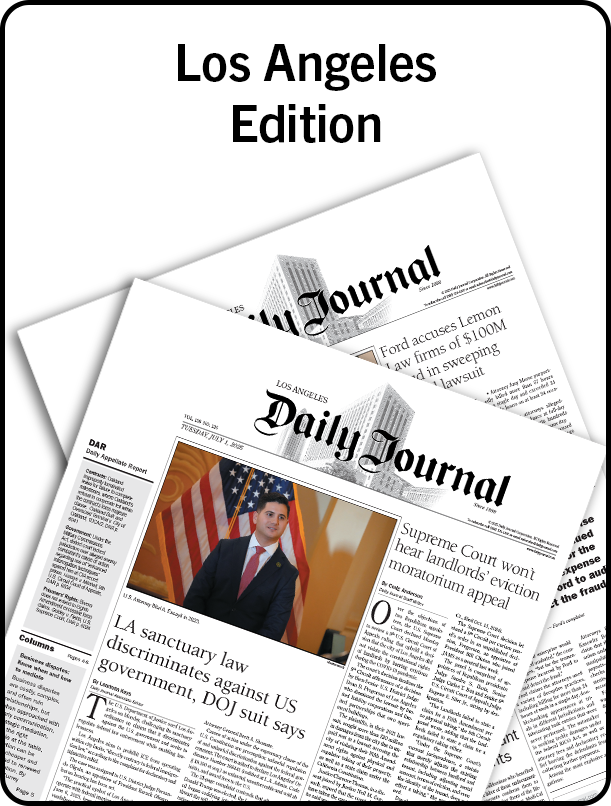Intellectual Property
Feb. 15, 2024
The feud over TikTok user’s ‘fair use’ of Universal’s copyrighted works
The music industry may have to adapt to the rise of AI-generated works by focusing on live performances, fan experiences, and other aspects that AI cannot replicate.




Tyler E. Sanchez
Partner
Salisian Lee LLP
Phone: (213) 622-9100

TikTok was released initially in September 2016. Since then, it has gained widespread popularity – especially with those entertained by scrolling on their phone.
Short videos populate the platform in which users attempt to go “viral” doing a variety of antics. These videos often contain copyrighted music as background or for some other purpose, like lip-syncing.
Copyright law in the United States may dub such “...
For only $95 a month (the price of 2 article purchases)
Receive unlimited article access and full access to our archives,
Daily Appellate Report, award winning columns, and our
Verdicts and Settlements.
Or
$795 for an entire year!
Or access this article for $45
(Purchase provides 7-day access to this article. Printing, posting or downloading is not allowed.)
Already a subscriber?
Sign In




